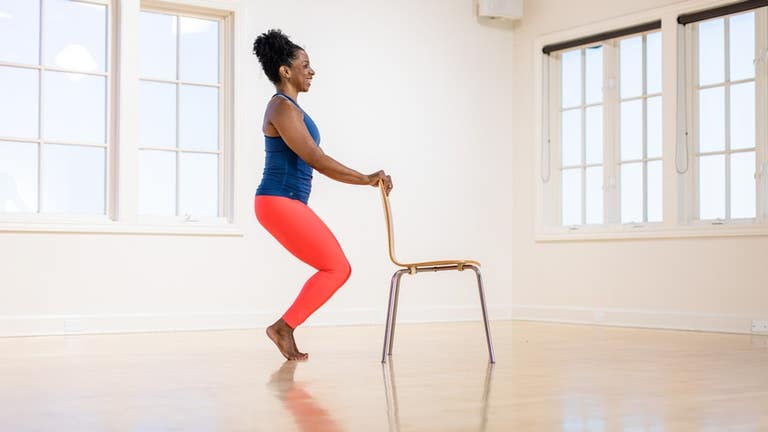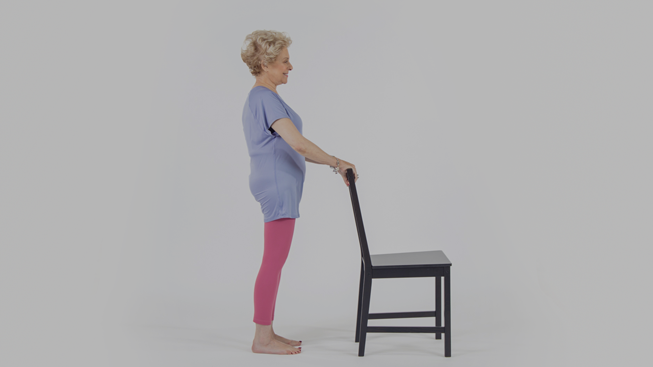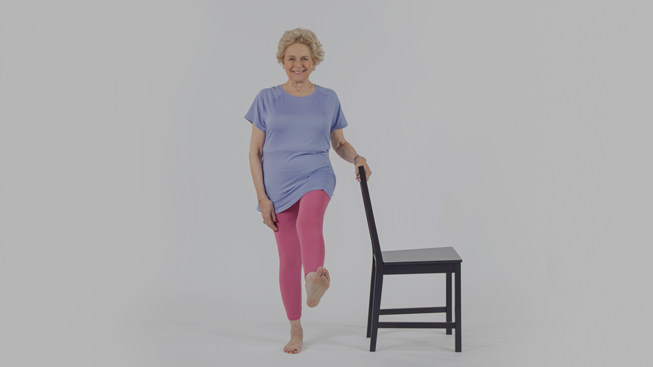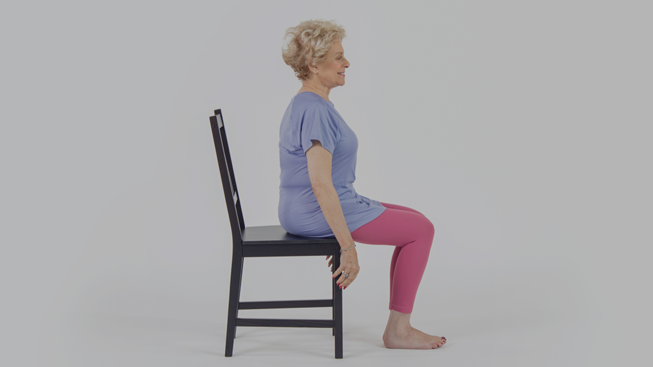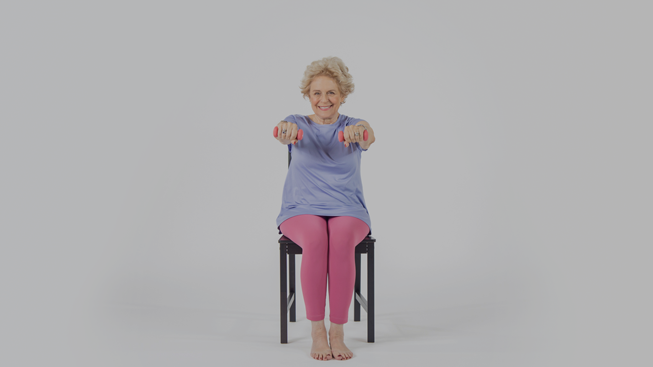Pilates for Balance for Seniors
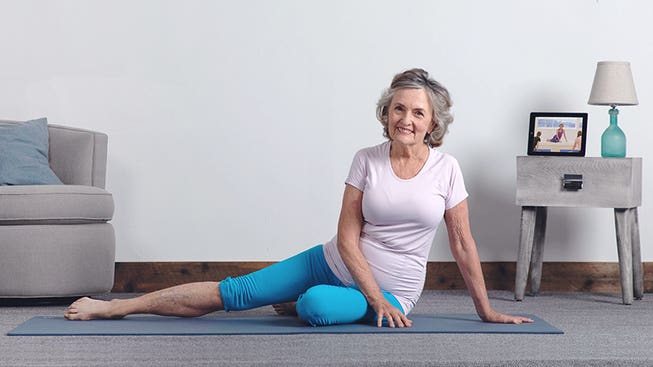
Pilates for Seniors: Balance
Maintaining good balance as we age is greatly beneficial in preventing falls and injury, as well as preserving independence and mobility. Balance is required in daily activities such as walking, getting up and down from a chair, picking up and carrying objects, and catching oneself from a near fall. Due to its emphasis on strength and coordination, Pilates is an excellent form of exercise in maintaining balance. Numerous studies have shown that Pilates exercises can improve balance and gait with an effective increase in muscle strengthening and specific balance training.
Loss of Balance
Maintaining and improving balance and coordination are vital to one’s quality of life. As we approach our early 40s, both balance and coordination start to decline. The great news is that movement and exercise can improve balance, including practicing Pilates two-three times per week and incorporating mindful habits into your daily routine. For the majority of the aging population, a "bent forward posture" results from the spine and trunk muscles weakening, thus losing the ability to stabilize and protect. Muscle stiffness and imbalance, among other factors, can contribute to a diagnosis of Osteoporosis.
Improving Balance
Falling and poor posture are common fears amongst seniors. These factors start to limit ankle mobility, where a step becomes a shuffle or a dragging of the feet. Long term, these effects can lead to immobility, stiffness, and a greater chance for falling.
To limit these factors, prevention is the key. Focus on exercises to improve balance and posture, such as strengthening the spine and trunk muscles for an upright posture, as well as working on the lower body, especially the feet and ankles. For improved balance and coordination, specific balance training must be included in one’s exercise regime. Training different body positions not only challenges the body, but also results in improved coordination, mobility, and reaction time.
Featured Classes for Balance
Pilates Standing Exercises for Balance
Taking a Pilates practice from the floor to standing is a great way to link Pilates principles to everyday movement.
Calf Raises
Calf Raises
This exercise provides stability and balance for standing and walking. For more of a challenge, try one leg at a time.
Single Leg Lift
Single Leg Lift
The Single Leg Lift exercise engages your core and thigh muscles, which are needed to improve balance. For more of a challenge, close your eyes or try without the support of a prop.
Chair Pilates Exercises for Balance
Chair Pilates is an excellent way for seniors to build the strength and agility needed for balance before going into an unassisted or full standing practice. These Chair exercises are effective and versatile working the whole body. Extension and back strengthening exercises for optimal posture, along with strengthening the legs, can all be performed effectively with a Chair. Sherri Betz’s Mixed Equipment class is the perfect bridge of utilizing the Chair and moving into standing balance exercises.
Single Leg Lift
Single Leg Lift
This exercise engages your core and thigh muscles to improve your balance. For more of a challenge, close your eyes.
Single Arm Lift with Hand Weights
Single Arm Lift with Hand Weights
This Single Arm Lift with Hand Weights will challenge your balance by forcing one side to stabilize while the other side is moving. Try alternating sides with control.
Modifications for Seniors
Seniors can implement modifications to their Pilates practice and daily life. Using Pilates props, such as a Pole, Dowel, or Broomstick, can also be helpful for seniors. These props can be held along the spine to encourage length and ideal posture during exercises or just as a reminder for daily use.
When beginning to practice balancing on one leg, one can use a Wall or a Chair for support. As your balance improves, you can rely on surfaces less. To encourage sitting up tall during Mat exercises, add props like pillows or sturdy books to elevate your trunk from your legs and make it easier to gain length in your torso.
Tips and Precautions
We recommend incorporating the following balance exercises and practices into your Pilates class and daily life:
- For balancing support, be near a wall or counter or use a sturdy prop.
- Remember to breathe.
- When balancing, feel your whole foot connected to the floor.
- Use the concept of opposition - push down into the floor to go up through the body.
- Take your time to warm up and slow down for twisting movements.
- Use your eyes to focus on one point when balancing.
- Make sure the floor is clutter-free and any rugs are firmly attached to the floor.
- Wearing shoes with wider, rubber soles will also help you feel more stable when out and about during the day.
Your Pilates Anytime Membership Benefits
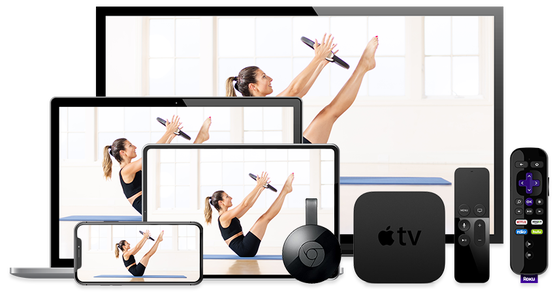
- 15-Day Free Trial
- Unlimited Access to Thousands of Classes
- 95+ Pilates Programs and Challenges
- No Ads
- New Videos Weekly
- Available on All Your Favorite Devices
